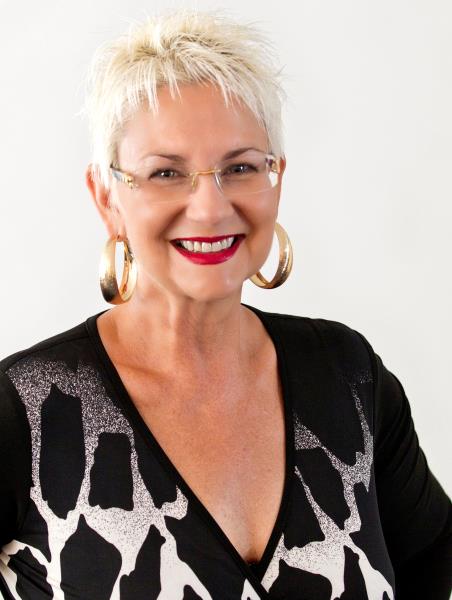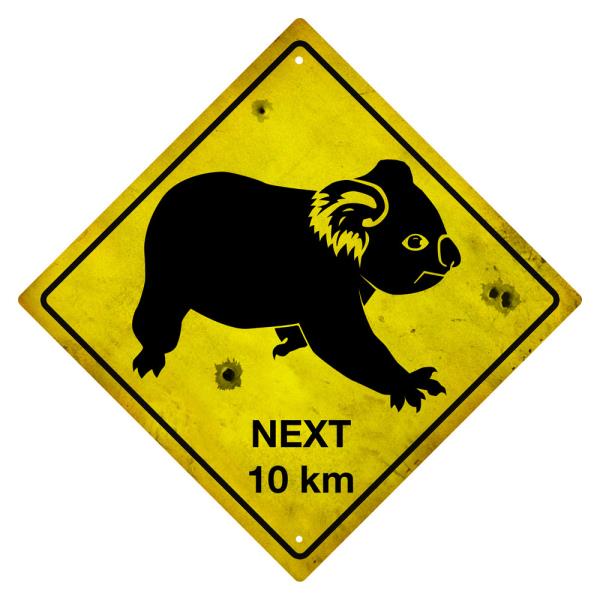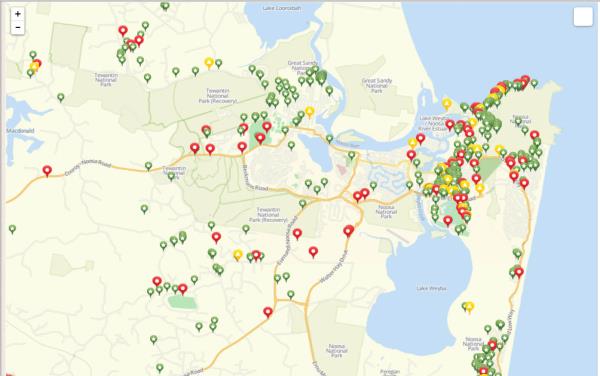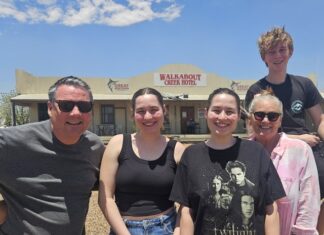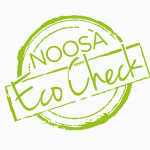By ALEX HARRIS
This month KoalaTracker creator Alex Harris praises a State Government decision to release sterilised female koalas back into the wild and she looks at the importance of mapping koala movements.
IT is not often a government asks for help from people at the coalface of wildlife research and rescue, so for this alone the Queensland Government deserves credit.
Announced last week is a new policy to trial under research conditions, the release of sterilised females to the Noosa hinterland.
The previously flawed State Government policy saw female koalas that had been treated for chlamydia but infertile as a result, euthanised. The premise was that such koalas released into the wild of South East Queensland where safe habitat is now so limited, would be competing with breeding koalas for food and territory, putting further pressure on koala populations. So the policy was formed to terminate the lives of sterile but otherwise healthy koalas.
Credit goes to local brothers Ray and Murray Chambers who together run Sunshine Coast Koala Rescue, and Queensland Koala Crusaders who lobbied hard for the policy change.
Detail of the policy remains vague as the government seeks input from experts as to where there is safe habitat in which to release the koalas in Noosa, and how to best monitor and record the lives of these koalas once released.
Safe habitat is ideally away from the risk of car strike and pet dog attack – the hallmarks of urban habitat in which we still find koalas – and diseased populations. To this end, it may well rule out the Noosa National Park as a release site, despite community calls to use it.
The Noosa National Park headland section has seen too many koalas dead or euthanised due to a range of diseases, and while koalas remain in residence, the same koalas are equally as likely to be seen in the park, on Hastings Street and as far as the lookout.
Professor of Microbiology at University of the Sunshine Coast, Professor Peter Timms, has expressed interest in working with the government on selecting release sites and monitoring the koalas via GPS tracking collars.
These koalas will provide valuable evidence in terms of range, points of risk and potential future research areas that will serve further public policy development.
A member of KoalaTracker, Professor Timms is internationally renowned for his research into chlamydia, and is working on a vaccine for koalas.
We shared a panel at the university’s Imaginarium Day on 10 August, along with Australia Zoo Wildlife Hospital’s Dr Amber Gillett, where we discussed the value of science and community coming together to map, research and protect koalas in the wild.
MAPPING KOALA SIGHTINGS
MAPPING and inputting that data to a single national database cannot be underestimated. The display map on KoalaTracker.com.au will prove invaluable to the government in its consideration of potential release sites and areas of habitat to preserve.
There remains a need for increased local and State Government risk mitigation efforts on our roads, higher levels of habitat protection and more community education with regard to Noosa’s koala residents, however few remain.
In the past few years we have recorded several hundred individual koala sightings across the Noosa Shire, from Cooroibah to Cooroy, Pomona through north Peregian, Tinbeerwah through Tewantin and everywhere in between, and the constant ‘Henny Penny’ cries of last koala left do not serve the koalas who still traverse our roads and backyards.
Even with duplicate sightings in some areas, we have a koala population that deserves our vigilance and every effort at saving, because every two koalas saved can mean many more generations to come.
You can do your bit by joining KoalaTracker.com.au, and reporting every koala sighting, alive, dead, sick or injured, for the public record. Emergency numbers for koala rescue in the event of disease or injury are on the website home page.

